When actress Jennifer Coolidge took to the stage to present at last year’s Golden Globe Awards, her speech was hilarious and, as expected, went viral.
She humorously spoke about her fear of reading off the “ticker tape” at the right time and how it always seems to “get ahead of her.”
She was referring to a teleprompter.
The prompter operators our team works with worldwide beautifully follow the speaker, making sure the teleprompter is aligned exactly where your eyes need it while you’re speaking.
Even though it’s easy to make sure your experience is perfect – her discomfort with it is not unique.
One mistake is common when it comes to teleprompters, and as a media and public speaking coach, I’ve seen countless professionals struggle with this.
The critical mistake that undermines a speaker’s credibility with the audience is:
Reading from the teleprompter without connecting with the audience.
It’s a common scenario: You have a keynote or quarterly earnings report to deliver, and the pressure is on. You need to make a lasting impression.
If you want to captivate your audience and convey authority and authenticity, try these five things.
Practice, Practice, Practice
Invest time to rehearse your script before stepping in front of the teleprompter. You want to practice so the teleprompter operator can adjust the font size for your eyes, and you can get to know that exact stage. Every setup is different. Knowing how that stage feels and how the monitors will reflect your script is important. You want to be familiar with the content and the setup so you can deliver your talk naturally.
Practice delivering the words aloud, focusing on inflection, pacing, and how you will emphasize the key points you want the audience to remember.
Own Every Word
When delivering your presentation, make a conscious effort to own every word. You want to think about each word. Don’t just read them.
Imagine having a one-on-one conversation with someone rather than reciting a script. This mindset shift will help you establish a genuine connection with your audience and convey sincerity and authenticity.
Adapt and Adjust
Don’t be afraid to adapt and adjust your delivery as needed. If a sentence feels awkward or doesn’t flow well, rework it. Get your script ahead of time and carve out time to work with it.
While significant changes may not be feasible (legal departments), subtle adjustments can enhance the clarity and impact of your message. Make the speech your own.
Utilize Formatting Options
Use formatting options such as underlining or capital letters to emphasize key points or phrases. These visual cues guide your delivery and ensure the most important points resonate with your audience.
Avoid Cold Reading
Reading directly from the teleprompter without infusing your personality and passion into the delivery is a surefire way to lose the attention and trust of your audience.
Connect with your listeners on a personal level by speaking in your voice.
We do everything from just shortening sentences to major surgery on speeches to make sure they sound conversational.
Leaders need to connect with the audience and not just READ to them.
By making this simple yet powerful shift in your approach to teleprompter usage, you can elevate your presentations to new heights and leave a lasting impression on your audiences.
Remember, the goal isn’t just to deliver information – it’s to inspire, persuade, and connect.
Your audience will thank you for it, and you’ll reap the rewards of their trust and confidence.
Need one-on-one coaching with teleprompters? Our team can help







